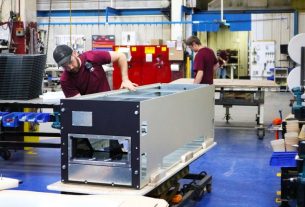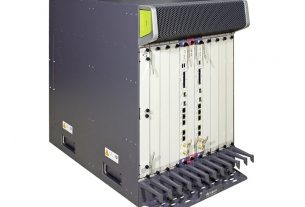Switches are the interconnecting component of a campus network. Cisco has a selection of switches tailored for different needs. Cisco currently creates the blueprint for Catalyst switches to be used for campus networks as well as creating Nexus switches to be used by data centers.
However, deciding the switch which best suits your sitch is quite the dilemma, so in this article, we will be taking a look at how you can monitor Cisco switches to get the best results from your setup.
Unmanaged Switches
First, let’s look at unmanaged switches. An unmanaged switch is designed for a home or, in some cases, a very small business environment. We recommend that you avoid using an unmanaged switch in any campus network. Plug-and-play switches, as they are sometimes called, can be mounted on your desktop or rack. Despite the fact that we don’t recommend unmanaged switches for anything but the smallest of businesses, we feel it is important to make you aware of this switch so that you can get a more comprehensive view of the different switch types.
Modular Switches
Next, let’s look at modular switches. Modular switches enable the adding of expansion modules into your switches to add a robust level of flexibility. Some examples of expansion modules include program-specific entities—such as wireless, firewall, or network analysis—but there are also modules that are suitable for power supplies, cooling fans, and other additional interfaces. One other perk of modular switches that should be noted is their ability to be serviced on the operator site.
Smart Switches
Smart phones, smart watches, and now… smart switches. To be clear, we are not talking about smart switches used for lighting your home; instead, we are referring to a switch that sometimes goes by the name “intelligent switch”.
Falling into this category are web-managed switches. These are sold at a price that is much lower than a fully managed switch, and they use a web interface that allows you to configure basic settings such as port-bandwidth, VLANs, and duplex. Smart switches usually don’t have CLI access, so keep this in mind if you’re looking at going down this route.
Fully managed switches (including L2 and L3)
Saving the best for last, managed switches are designed to give you the best application experience that money can buy! Managed switches ship with the highest levels of security as well as the most complete set of features. Managed switches are incredibly scalable, which makes them perfect for large companies.
Most managed switches support L2 switching as well as L3 IP routing, but you might encounter some units that only support L2 switching support, so it’s important that you check the specs before committing to a purchase.
Some of the great features that managed switches provide include Private VLAN (to secure devices or communities), web-based authentication, and protecting the CPU of the switch (among a bevy of other great features).
When it comes to Cisco switches, managed switches have everything you need for your company to scale and excel!




